Table of Contents
Introduction Chamba Uttarakhand
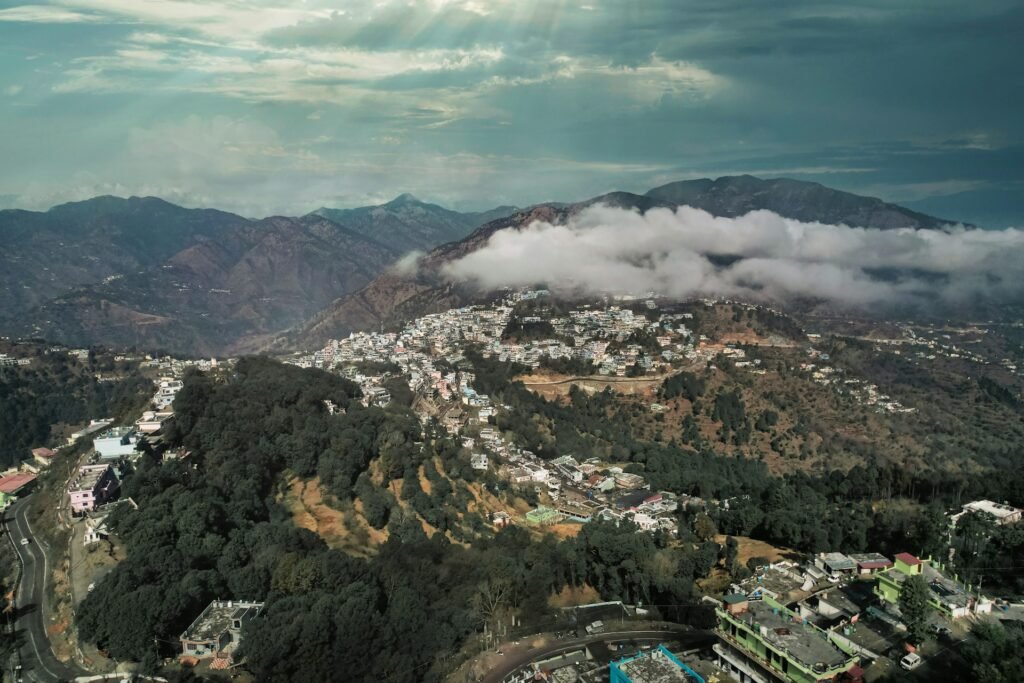
The Uttarkashi-adjacent region of Chamba in Uttarakhand is a microcosm of the Himalayan foothills’ ecological diversity and cultural heritage. Situated along the Mussoorie–Chamba Road, this landscape encompasses pine-forested slopes, terraced agricultural fields, and clear mountain streams that reflect centuries of human–environment interaction. Historically serving as a transit junction between the Garhwal plains and high-altitude pilgrimage routes, Chamba has evolved into a budding tourist hub, offering a range of accommodations from heritage farmstays to adventure camps. This report synthesizes geographical, cultural, infrastructural, and sustainability dimensions, weaving in on-the-ground data about lodging, dining, and attractions. The aim is to provide an expert-level yet accessible overview for academics, planners, and discerning travelers interested in Chamba’s developmental trajectory.
Geographic and Environmental Context
Chamba occupies a strategic location on the southern slopes of the Lesser Himalayas, at an elevation of approximately 1,600 meters above sea level. Its terrain is characterized by steep ridges interspersed with gentle valleys, shaped over millennia by fluvial erosion from tributaries of the Yamuna River. The region’s soils range from alluvial deposits in valley bottoms to thin, loamy profiles on slopes, supporting mixed temperate forests dominated by pine, deodar, and rhododendron. The monsoon-fed climate delivers most precipitation between June and September, while winter snowfall can isolate certain hamlets for weeks at a time. This climatic and topographic interplay underpins local water resources, agricultural patterns, and biodiversity, making Chamba ecologically significant within the Tehri Garhwal district.
Surrounding Chamba are numerous small-scale catchments that serve as the lifeblood for both domestic use and irrigation. Traditional rainwater harvesting systems, such as guls (stone conduit channels), still channel runoff toward village cisterns. However, recent studies have raised concerns about declining water tables due to increased construction and tourism-related demands. Forested areas, once contiguous, are now increasingly fragmented by road expansions and resort development, necessitating strategic conservation interventions. Understanding these environmental dynamics is crucial for sustainable planning, which must balance tourism growth with preservation of water resources and forest cover.
Historical and Cultural Heritage
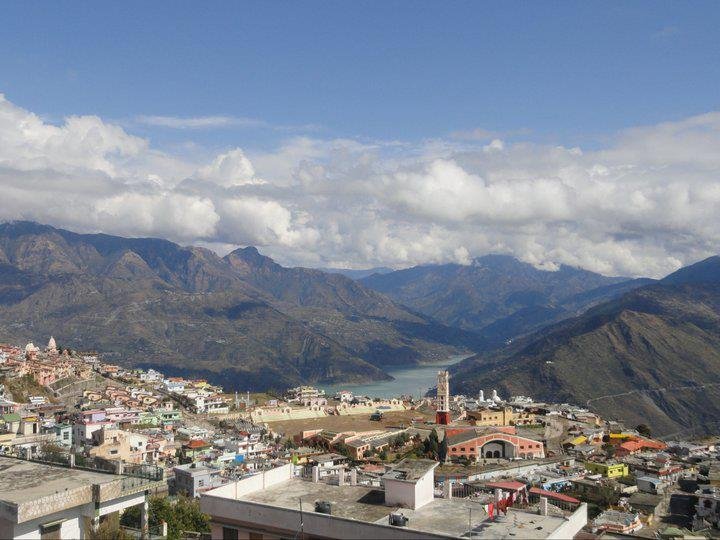
Chamba’s cultural tapestry reflects centuries of trade, pilgrimage, and local governance. While its proximity to the famous Tehri and Gadagarh forts situates it within Garhwal’s martial heritage, the valley itself has nurtured unique folk traditions. Oral histories recount waves of migrating Brahmin families, whose shrines and ceremonial practices form the backbone of village social life. Local festivals such as the Phool Dei (offering of blossoms) in spring and the Nanda Devi pilgrimage route maintain communal bonds and connect Chamba to broader Himalayan spiritual circuits.
Chamba also exhibits a vibrant material culture. Traditional Garhwali architecture, with its slate-roofed houses and wooden beams carved with floral motifs, punctuates the landscape. Handloom weaving and wood carving remain artisanal mainstays, though they now contend with mechanized alternatives. Efforts by local NGOs have sought to revive these crafts through skill training and market linkages, recognizing their cultural and economic value. The interplay of these intangible and tangible heritage elements situates Chamba not merely as a scenic waypoint but as a living repository of Garhwali identity.
Bhuri Singh Museum
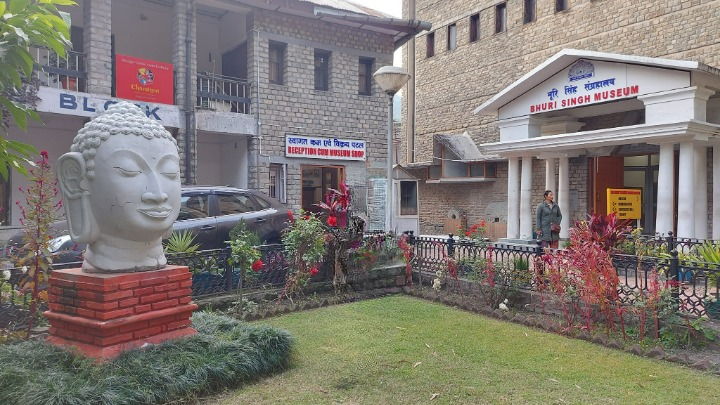
Cultural heritage in Chamba cannot be fully appreciated without recognizing museums and curated spaces that preserve regional history. Although technically located in neighboring Himachal Pradesh, the Bhuri Singh Museum offers insights into transboundary Himalayan art and governance, displaying royal garments, manuscripts, and stone sculptures. Visitors from Chamba Uttarakhand often plan day trips to this institution, which illuminates the interconnectedness of hill kingdoms across modern provincial lines.
Tourism Infrastructure and Transport Connectivity
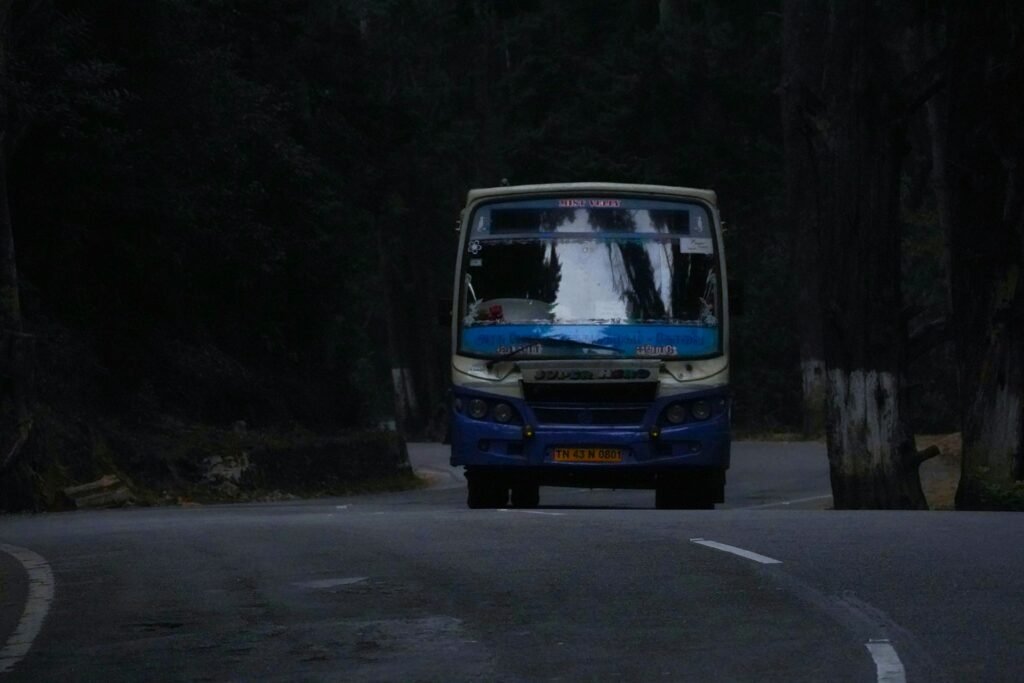
Chamba’s rise as a tourist destination owes much to its connectivity along National Highway 123, which links the town with Mussoorie to the south and New Tehri to the north. The winding mountain road, while scenic, is susceptible to landslides during monsoon months, prompting state authorities to invest in slope stabilization and early-warning systems. Public transport primarily consists of state-run buses and shared jeeps, which follow fixed schedules but can be delayed by road conditions.
New Tehri’s proximity, with its dam and reservoir, offers additional transport links, including helicopter services during peak pilgrimage seasons. Despite these options, last-mile connectivity within Chamba’s hamlets remains limited. Parallel efforts by local tour operators have introduced private shuttle services and e-bike rentals, catering to more adventurous visitors. Infrastructure for hospitality, such as roadside garages and fuel stations, has also expanded, though sustainable waste management facilities lag behind growth. Overall, transport remains a critical enabler and constraint for Chamba’s tourism economy.
Accommodation Landscape
Chamba’s lodging options reflect a spectrum from budget homestays to upscale resort properties. This diversity accommodates varied traveler profiles, spanning backpackers seeking local immersion to families desiring modern amenities alongside Himalayan vistas.
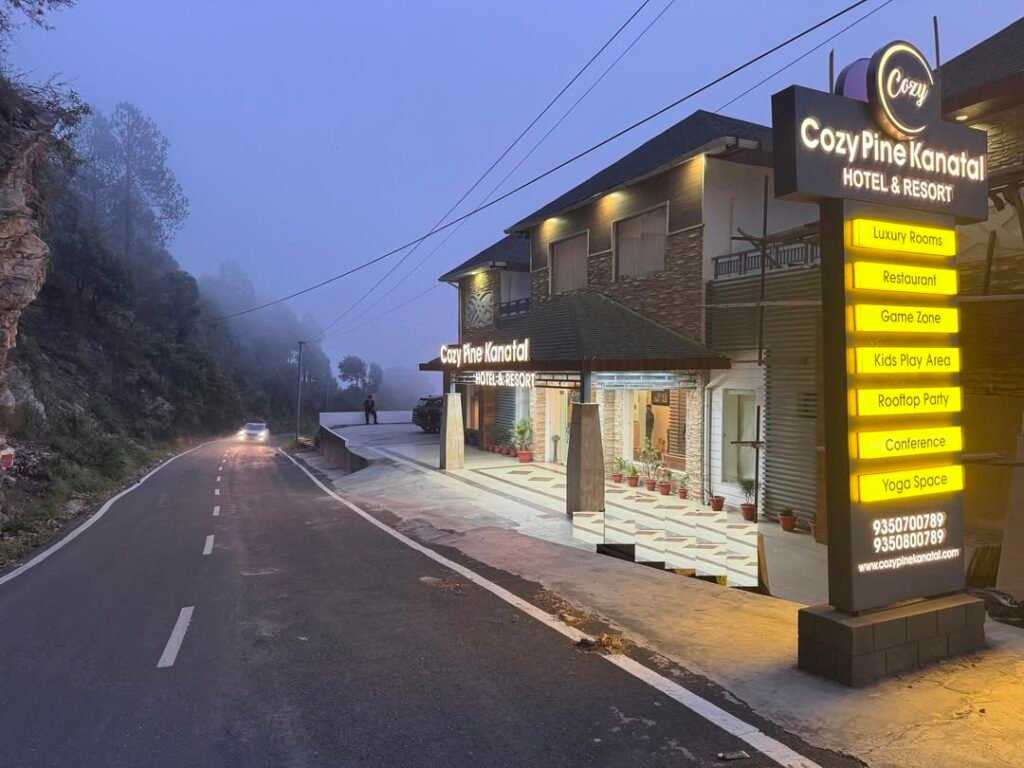
The Cozy Kanatal Hotel, Chamba Tehri epitomizes mid-range comfort, offering panoramic mountain views from each room and catering to LGBTQ+ travelers with a welcoming ethos.
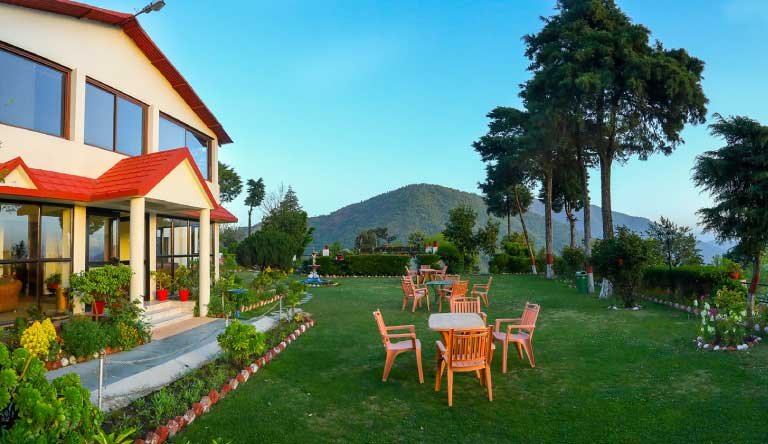
Its on-site dining and garden terraces make it a favored stop for families. Meanwhile, the Classic Hill Top Resort, Chamba elevates the experience with a spa and outdoor pool, blending modern leisure with local stone-and-wood aesthetics.
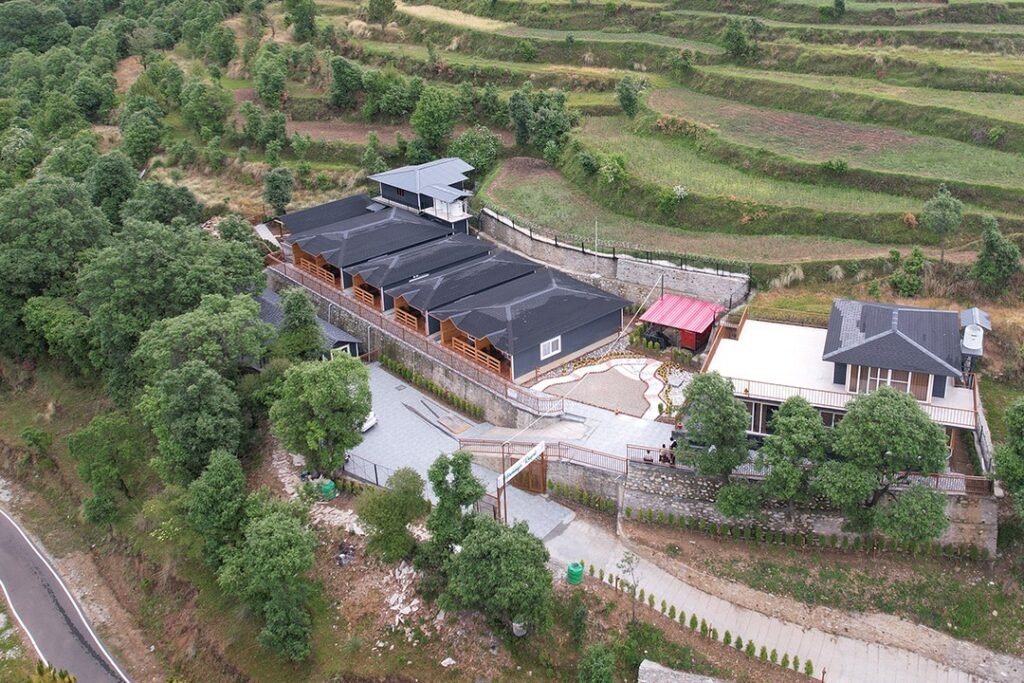
For travelers seeking boutique exclusivity, the Nirmaya Resort has garnered acclaim for its hillside villas and personalized service, securing a five-star rating among regional properties.
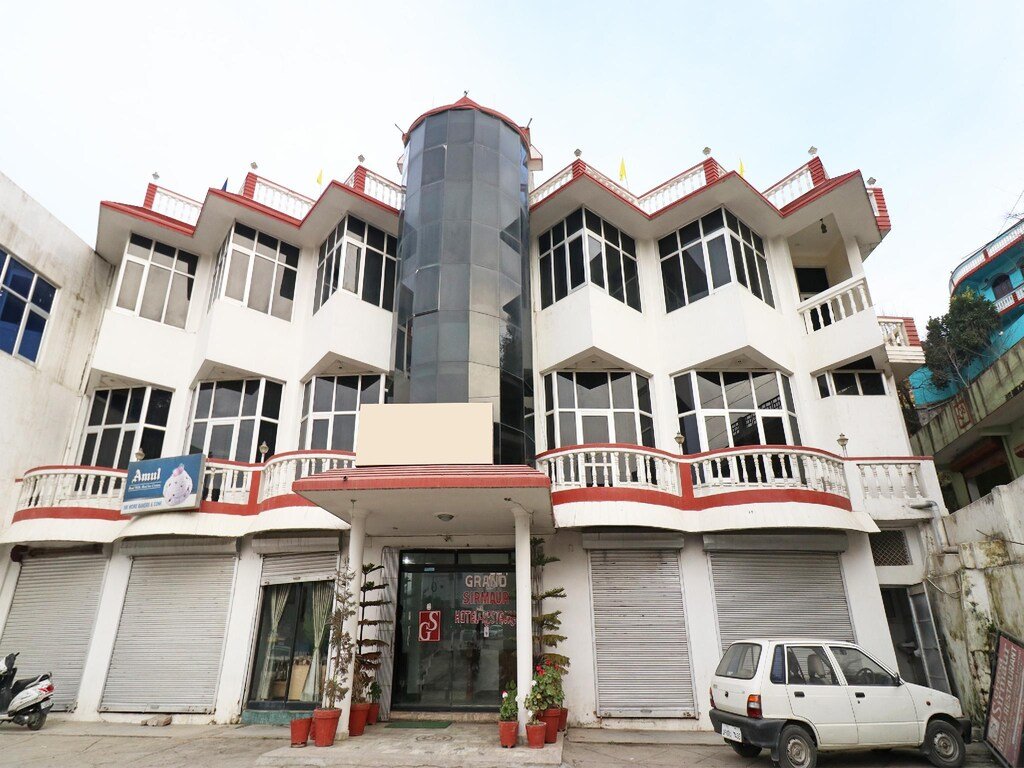
Budget-conscious visitors often choose the OYO 26893 Grand Sirmaur Chamba, which delivers basic amenities at a lower price point, albeit with fewer bespoke services.
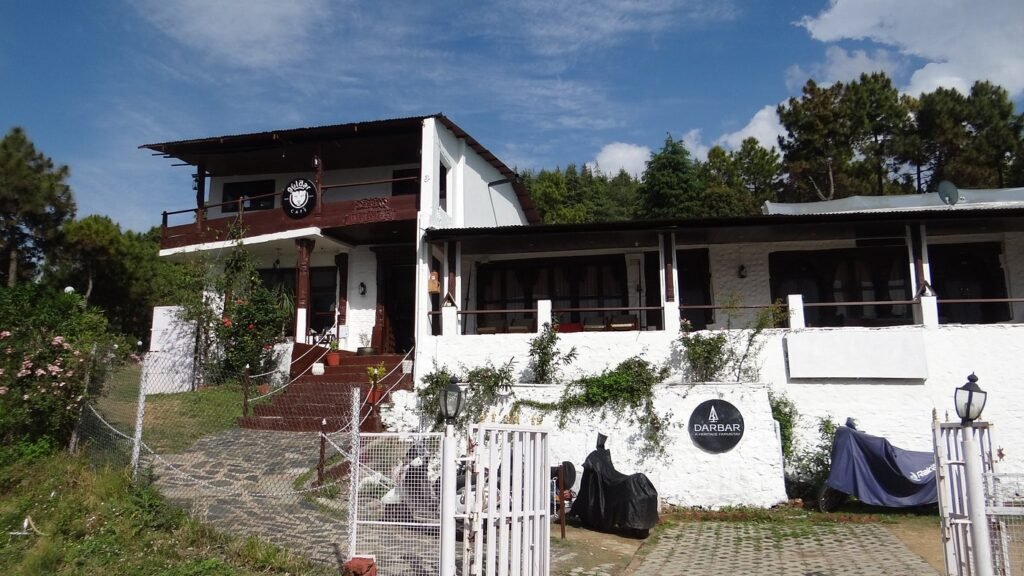
Heritage accommodation finds expression in Darbar – A Heritage Farmstay by Gulzar Hotels, where restored Garhwali farmhouses offer cultural immersion alongside organic farming experiences.
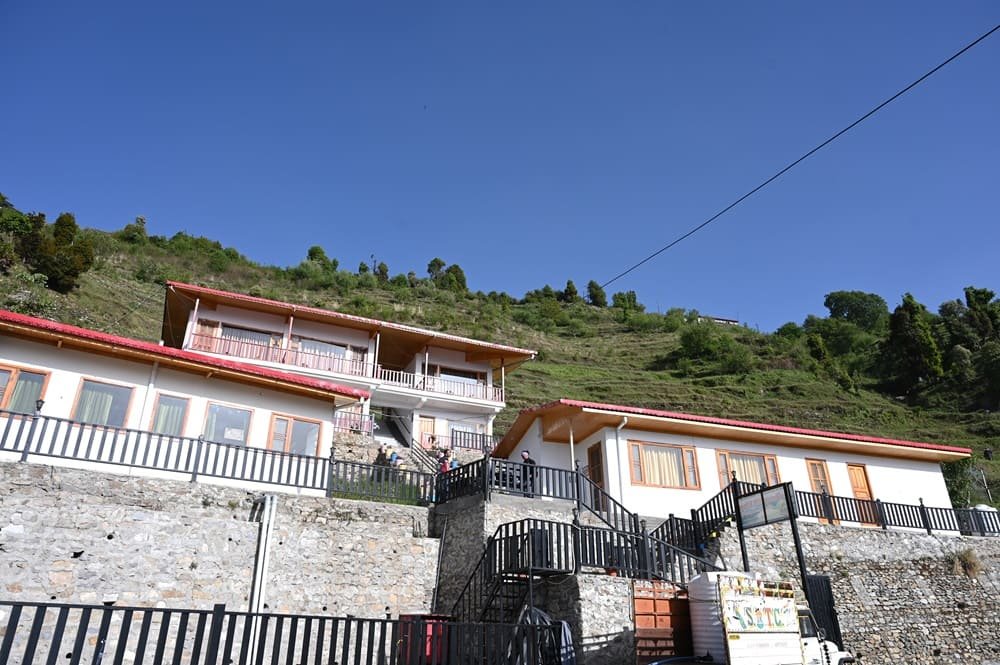
Complementing these, The Vintage Hill Village presents homestay clusters with modern interiors, enabling extended-stay travelers to explore Kanatal and Dhanaulti with ease.
These accommodation typologies illustrate a strategic shift in Chamba’s hospitality sector: from ad hoc guesthouses to curated stays that integrate local culture, environment, and modern comforts. Such diversification caters to emerging market segments while raising questions about land use, community engagement, and the capacity of infrastructure to absorb growth.
Dining and the Culinary Scene
Chamba’s gastronomy melds traditional Garhwali flavors with pan-Indian influences, supported by a growing roster of restaurants and cafes.
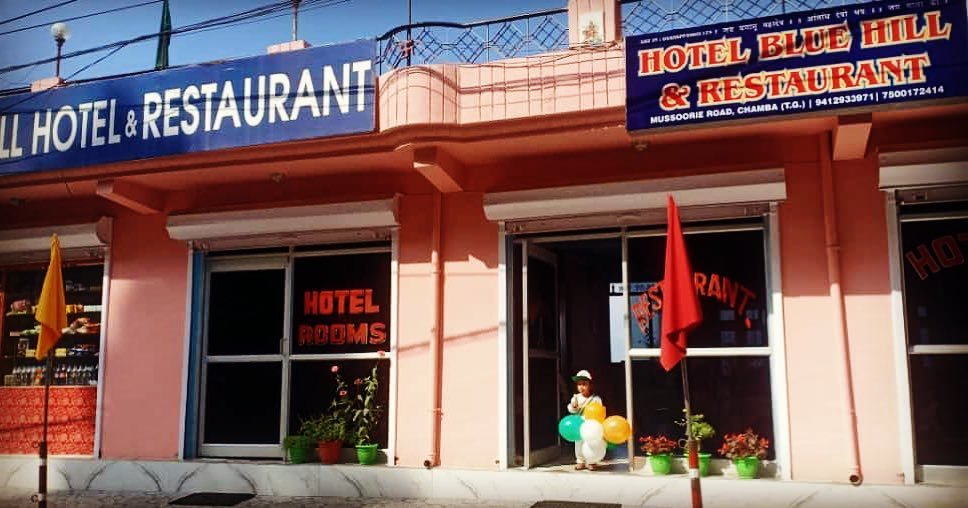
The Hotel Blue Hill & Only Veg Restaurant is a cornerstone for vegetarian cuisine in Chamba, serving a repertoire of north Indian staples prepared with locally sourced vegetables. Its modest setting belies a reputation for hearty thalis that attract both domestic and international visitors.
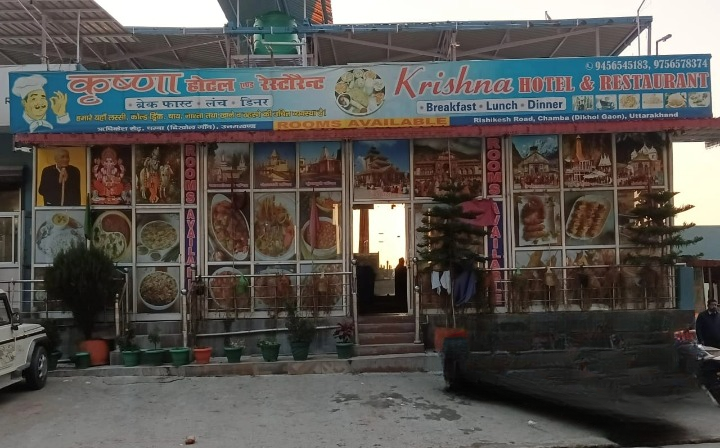
A short drive away, Krishna Restaurant & Hotel has distinguished itself with an all-you-can-eat breakfast service and vegan options, catering to health-conscious travelers on the Rishikesh–Chamba corridor. Although its primary draw is quick-service meals, its ambience supports family gatherings with children’s menus and casual outdoor seating.
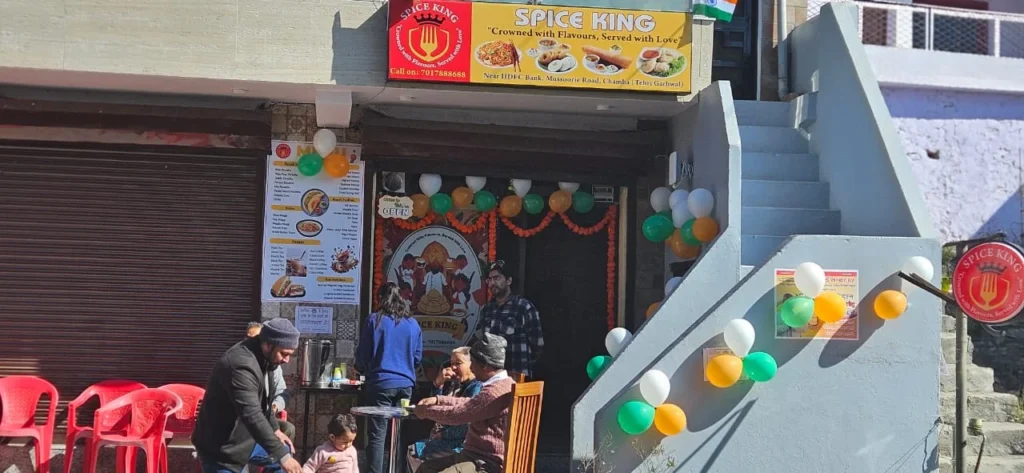
In contrast, Spice King occupies a niche for coffee enthusiasts and small-plate dining, leveraging women-led management to deliver artisanal brews and fusion snacks. Its tranquil vibe and curbside pickup options meet the needs of solo travelers and tourists exploring Mussoorie Road.
At the higher end of the dining spectrum, the Downtown Restaurant and Banquets commands attention with a multi-cuisine menu spanning Chinese, continental, and regional fare. Its live music evenings and private dining rooms exemplify Chamba’s emergence as a venue for both casual meals and celebratory events.
This culinary diversification illustrates a maturation of Chamba’s food scene, evolving from roadside dhabas to establishments that emphasize ambience, dietary variety, and service innovations such as no-contact delivery and online reservations. As gastronomic tourism gains traction, these venues contribute to local economies while presenting opportunities for gastronomic heritage preservation.
Outdoor and Adventure Activities
Chamba’s terrain invites a spectrum of outdoor pursuits, from gentle valley hikes to organized camping experiences.
Camp Carnival
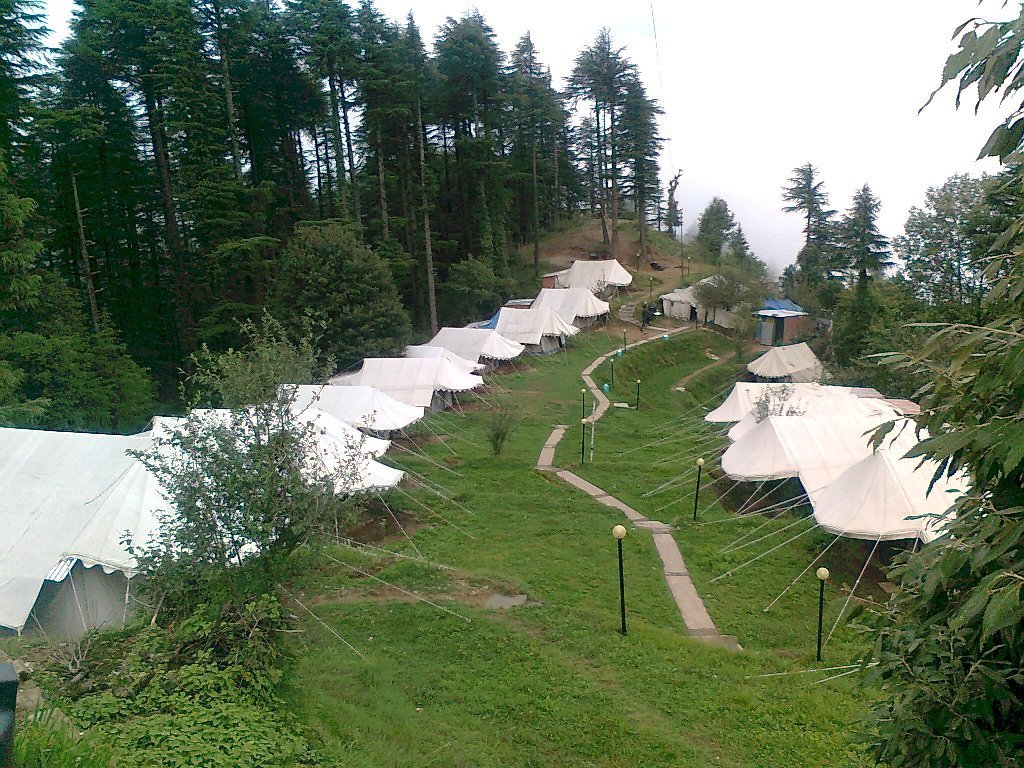
Camp Carnival has emerged as a flagship adventure provider, offering tented accommodations, guided hiking trails, and children’s camps. Nestled amid pine forests, its amenities include picnic tables, running water, and swings, ensuring comfort without detracting from the rustic setting. The camp’s kid-friendly hikes and playground areas make it a popular choice for family outings, while thrill-seekers can book extended treks to nearby high-altitude meadows. Safety protocols and Google Pay–enabled fee collection illustrate an intersection of tradition and technology in Chamba’s adventure tourism.
Beyond organized camps, independent trekkers can explore ridge trails linking Chamba with neighboring hamlets, passing terraced fields and shepherd shelters. Seasonal wildflower blooms attract botanical enthusiasts, while birdwatchers document species such as the Himalayan monal and various woodpeckers. Winter months invite snowshoeing and rudimentary skiing, though these activities remain largely informal due to limited equipment rental infrastructure. Nonetheless, the region’s potential for eco-adventure sports underscores an avenue for sustainable diversification of Chamba’s tourism portfolio.
Accessibility and Last-Mile Connectivity
While the Mussoorie–Chamba Road anchors Chamba’s connectivity, internal transport modalities are varied and evolving. Shared jeeps remain the primary means for villagers and visitors to traverse steep access roads, though delays and overcrowding are common during peak seasons. Efforts to introduce e-rickshaws and small electric vehicles reflect a drive toward lower emissions and quieter village streets. However, charging infrastructure and maintenance networks require further development.
Public transport schedules often fail to align with early-morning and late-evening travel demands, prompting guesthouses and homestays to provide private transfers. Ride-hailing apps have penetrated the urban fringes but lack coverage in remote hamlets. Emergency medical transport is limited, with the nearest equipped hospital located in New Tehri. These connectivity gaps highlight the need for coordinated planning among local panchayats, tourism operators, and state agencies to enhance both visitor convenience and resident wellbeing.
Sustainable Tourism and Community Engagement
Rapid tourism growth in Chamba necessitates frameworks that prioritize environmental stewardship and socio-economic benefits for local communities. Several guesthouses now implement rainwater harvesting and solar energy systems, mitigating reliance on external power grids and preserving water resources. Waste management initiatives, spearheaded by grassroots groups, are introducing segregation and composting practices, though full-scale recycling is yet to be institutionalized.
Community-based homestays, such as those facilitated by local cooperatives, ensure that tourism revenues remain within village economies. Skill-development workshops in handicrafts and guiding services empower youth and women, fostering alternative livelihoods beyond agriculture. Nonetheless, challenges persist in balancing land-use change, cultural integrity, and infrastructural capacity. Policymakers and industry stakeholders must collaborate on zoning regulations, capacity assessments, and heritage conservation plans to sustain Chamba’s unique character amid growth.
Final Chapter
Chamba, Uttarakhand, encapsulates the complexities of Himalayan tourism development, meshing ecological sensitivity with cultural heritage and infrastructure evolution. From its pine-clad slopes and monsoon-fed streams to homestays steeped in Garhwali tradition, the region offers valuable case studies in sustainable mountain economies. Accommodation ranges from the mid-scale comforts of the Cozy Kanatal Hotel to the heritage authenticity of Darbar Farmstay, while dining options span vegetarian thalis to live-music fine dining at Downtown Restaurant. Adventure seekers find ample opportunities at Camp Carnival and ridge trekking circuits, even as last-mile connectivity and waste management systems await further refinement.
Looking ahead, Chamba’s trajectory will hinge on integrative approaches that align community aspirations, environmental safeguards, and market trends. Targeted investments in renewable energy, structured transport schedules, and cultural tourism can amplify local benefits without compromising ecological integrity. By nurturing collaborative platforms among panchayats, NGOs, and private operators, Chamba can model a Himalayan destination where tradition and modernity coalesce in harmony.




Leave a Reply